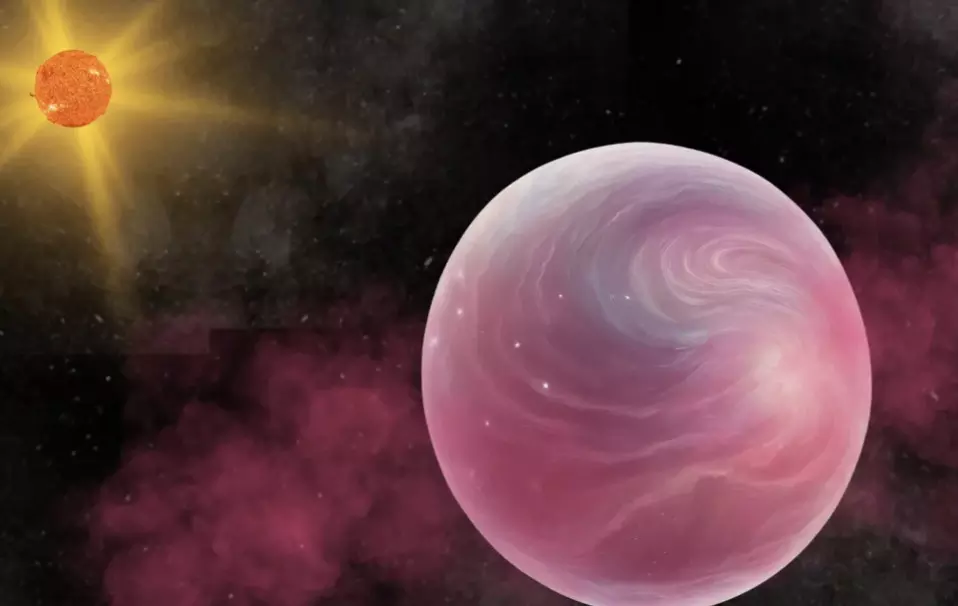James Webb Space Telescope discovers fourth 'Super Puff' exoplanet in unique star system
James Webb Space Telescope discovers fourth 'Super Puff' exoplanet in unique star system

Astronomers using the James Webb Space Telescope (JWST) have uncovered a fourth planet in a star system known for its unusual "super puff" planets, a discovery that raises new questions about the formation of these rare worlds.
The new exoplanet, named Kepler-51e, orbits Kepler-51, a sun-like star located about 2,615 light-years away in the constellation Cygnus. This star system is already home to three other "super puff" planets, which are known for their incredibly low mass and low density—resembling cotton candy in their lightness.
Jessica Libby-Roberts, a member of the research team from Penn State's Center for Exoplanets and Habitable Worlds, explains that these planets are about the size of Saturn but have a mass only a few times that of Earth, leading to their fluffy, low-density characteristics. These planets are thought to have small cores and vast, puffy atmospheres, primarily composed of hydrogen or helium.
The mystery deepened when researchers, investigating Kepler-51d, noticed an unexpected two-hour discrepancy in its predicted transit time across its parent star. Transits occur when a planet passes in front of its star, causing a slight dip in the star’s brightness. This gives astronomers valuable insights into the planet’s atmosphere and other characteristics. However, the team was initially baffled when Kepler-51d's transit occurred earlier than expected.
To explain this anomaly, the team reanalyzed their data and hypothesized the presence of an additional planet in the system. After a thorough examination of historical data from both space and ground-based telescopes, they confirmed the existence of Kepler-51e. This planet’s gravitational influence on Kepler-51d caused its early transit, marking the first exoplanet discovered through transit timing variations using JWST.
Kepler-51e’s orbit is similar to the other planets in the system, with a mass comparable to its siblings. It completes an orbit every 264 days, which is slightly larger than Venus’s orbit around the Sun. While the new planet’s precise composition remains to be confirmed, it is expected to follow a fairly circular orbit, similar to other planetary systems.
The discovery of Kepler-51e raises further questions about how such an unusual system could have formed, especially with multiple super puff planets in one location. Libby-Roberts noted that super puff planets are typically isolated in their systems, making this discovery particularly puzzling.
As researchers continue to study the system, they plan to monitor the orbits and transits of the planets to learn more about the interactions between these lightweight worlds and how they may have developed. With Kepler-51e located just within the star’s habitable zone, further observation could also provide clues in the search for planets that may support life.
This groundbreaking research was published in the Astronomical Journal on December 3, 2024.

